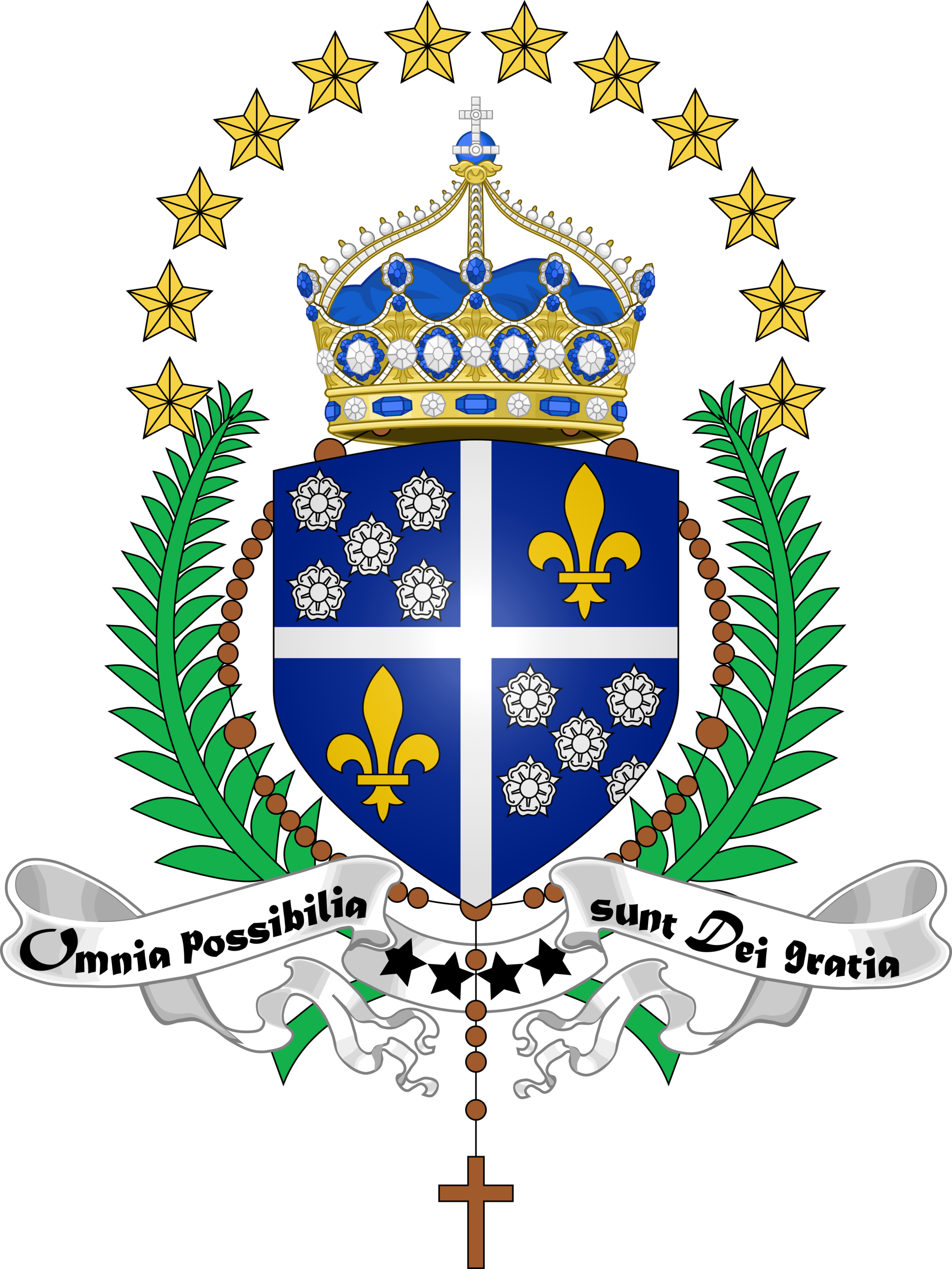“Nothing is impossible for God.” — Luke 1:37
(Inscribed above the Basilica of Saint Rita in Cascia)
On May 22, the Church celebrates the feast day of Saint Rita of Cascia, a woman whose life radiated patience, sacrifice, and a deep trust in God amidst suffering. She is widely venerated as the Patron Saint of Impossible Causes, and her story—marked by the transformation of sorrow into sanctity—has inspired generations. Many are familiar with the iconic image of Rita bearing a thorn wound on her forehead, a symbol of her mystical union with Christ’s Passion, or the miraculous rose that bloomed in winter. But beyond these well-known events lie profound details that reveal even more about her holiness.
Here are five lesser known facts that shine new light on the hidden grace of Saint Rita’s extraordinary life.

1. The Miracle of the White Bees
Before she could even speak, the divine was already marking her for greatness. As an infant, shortly after her baptism, Rita was discovered by her family to be surrounded by a swarm of white bees. These bees flew in and out of her mouth without stinging or harming her—a strange and wondrous sight that astonished witnesses. Rather than seen as a threat, the bees were viewed as a sign of heavenly favor, foreshadowing the sweetness and peace that would define her life. To this day, white bees are kept near her tomb in Cascia, emerging miraculously each year around her feast. God often announces His saints in quiet, mysterious ways, long before the world takes notice.

2. Miraculous Entry Into the Convent
Following the violent death of her husband and the premature passing of her twin sons, Rita sought refuge in the Augustinian convent in Cascia. However, due to the vendetta associated with her husband’s murder, the nuns repeatedly denied her entry. One night, in what can only be described as a supernatural event, Rita was said to have been transported inside the cloistered convent by her heavenly patrons—St. John the Baptist, St. Augustine, and St. Nicholas of Tolentino. The sisters, recognizing a miracle, relented and welcomed her. When doors close unjustly, God opens a way that no one can shut.

3. Her Body Was Said to Be Incorrupt
Saint Rita died in 1457, yet when her body was examined, it had not decayed. Despite the heat and lack of preservation methods, her form remained remarkably intact. Witnesses noted the sweet fragrance that surrounded her body—a sign often associated with sanctity. Her incorrupt remains are enshrined today in a glass coffin in the Basilica of Cascia, where countless pilgrims still come to venerate her and seek her intercession. In the saints, even death yields to grace, bearing witness to life beyond the grave.

4. The Bells Rang Themselves at Her Death
At the hour of Rita’s death, the church bells in Cascia began ringing—not by human hand, but seemingly by divine intervention. The town, awakened by the sound, gathered to honor her passing. At the same moment, a paralyzed carpenter, who had hoped to make her coffin but was struck with illness, found himself miraculously healed, enabling him to complete a casket. Yet Rita’s body was never buried due to the immediate and continuous influx of pilgrims. Heaven makes itself heard when one of its saints returns home.

5. Peacemaking Was the Price of Her Vocation
Though her entry into the convent was miraculous, it came with a condition: before being admitted, Rita had to reconcile her husband’s feuding family with their rivals—the very ones responsible for his murder. Through tireless prayer and courageous outreach, Rita achieved peace between the two families. This act not only broke a cycle of vengeance but also demonstrated her deep capacity for forgiveness, a central virtue in her legacy. God often asks us to do the hardest thing before entrusting us with our deepest calling.

